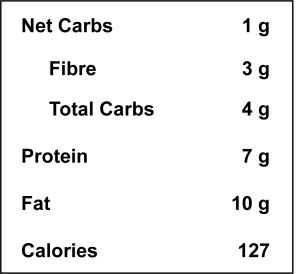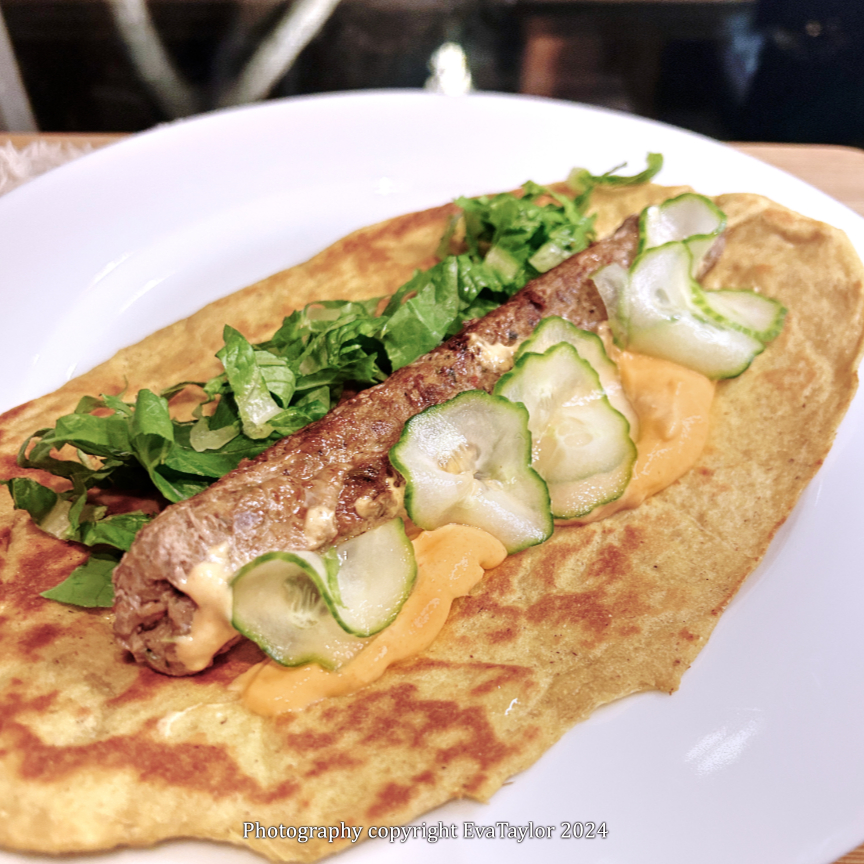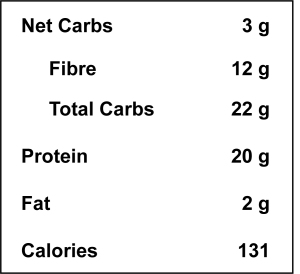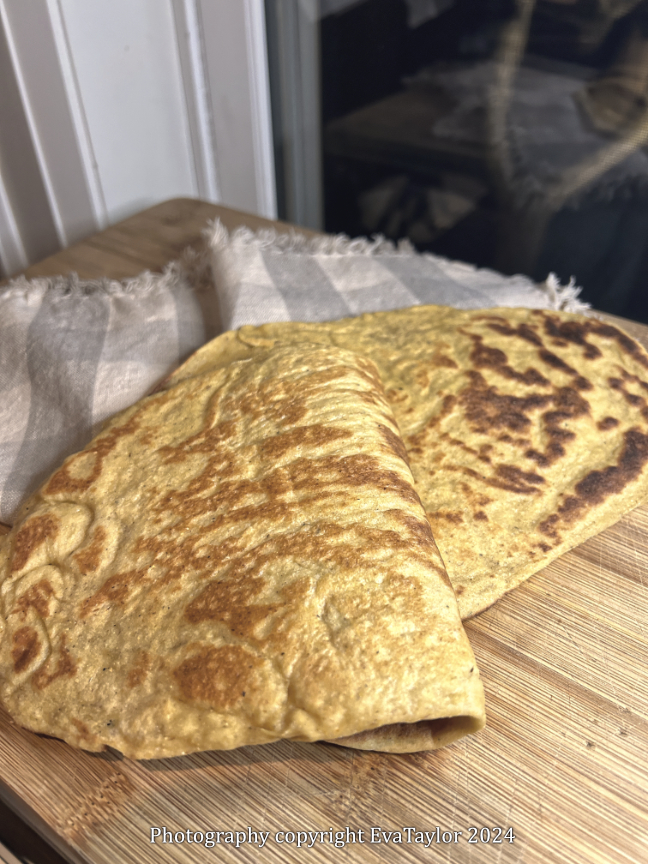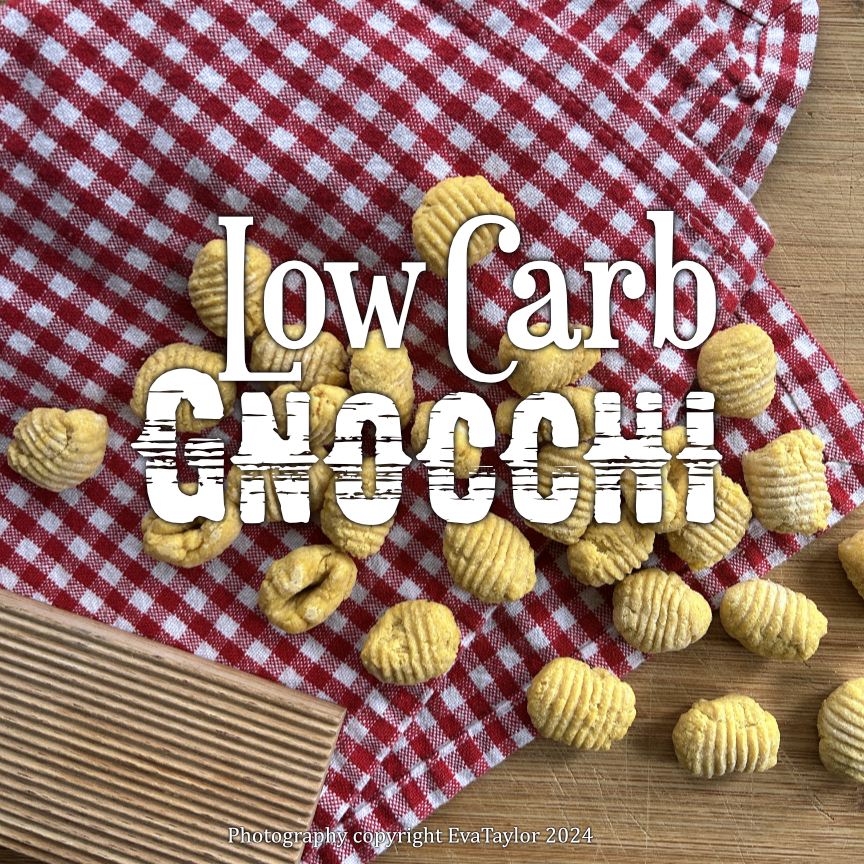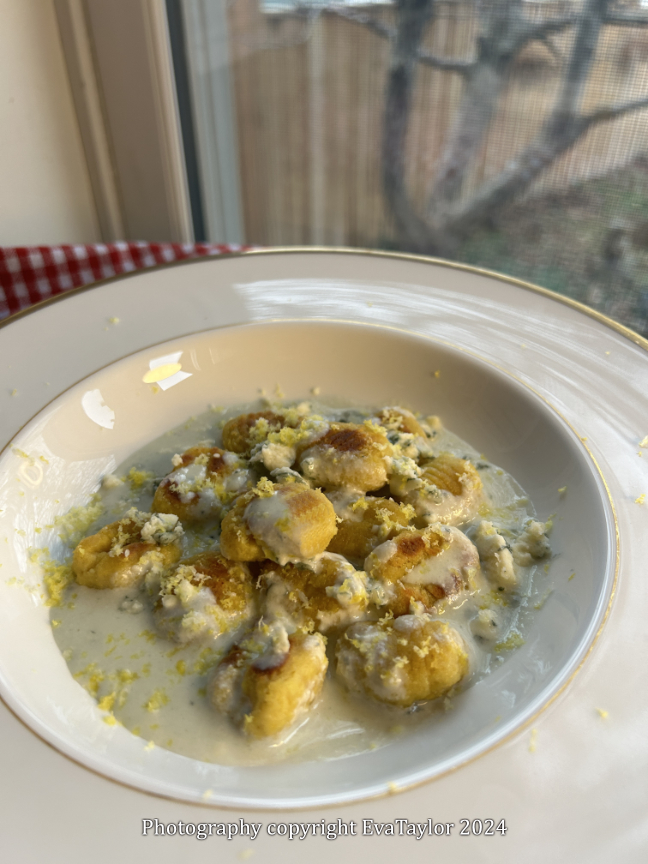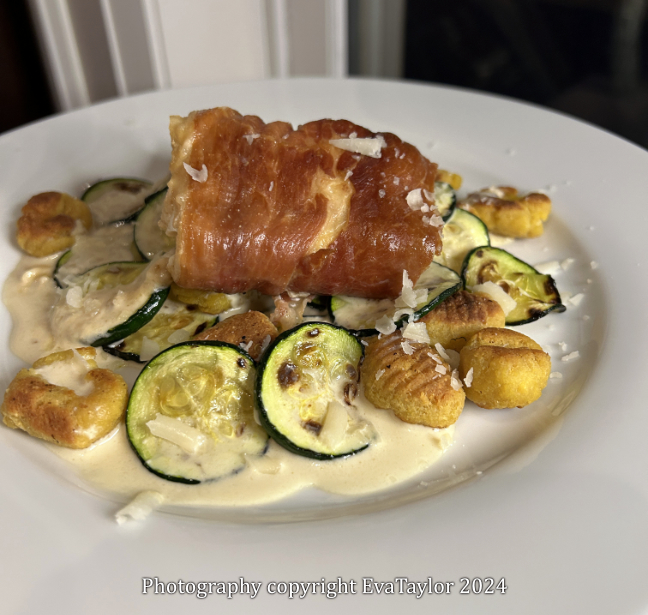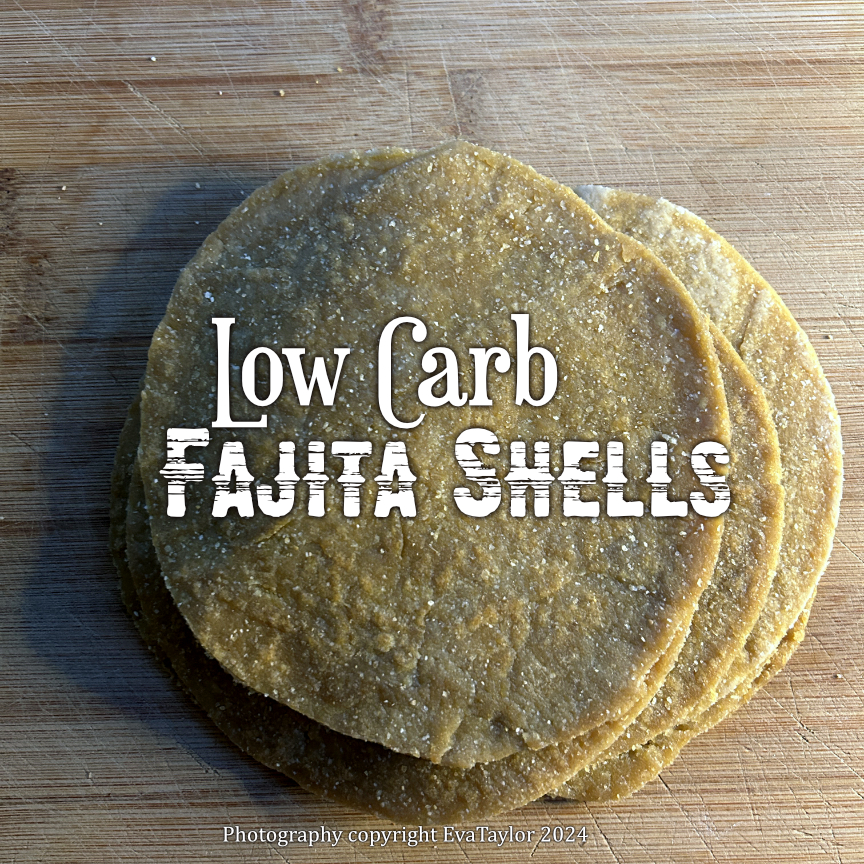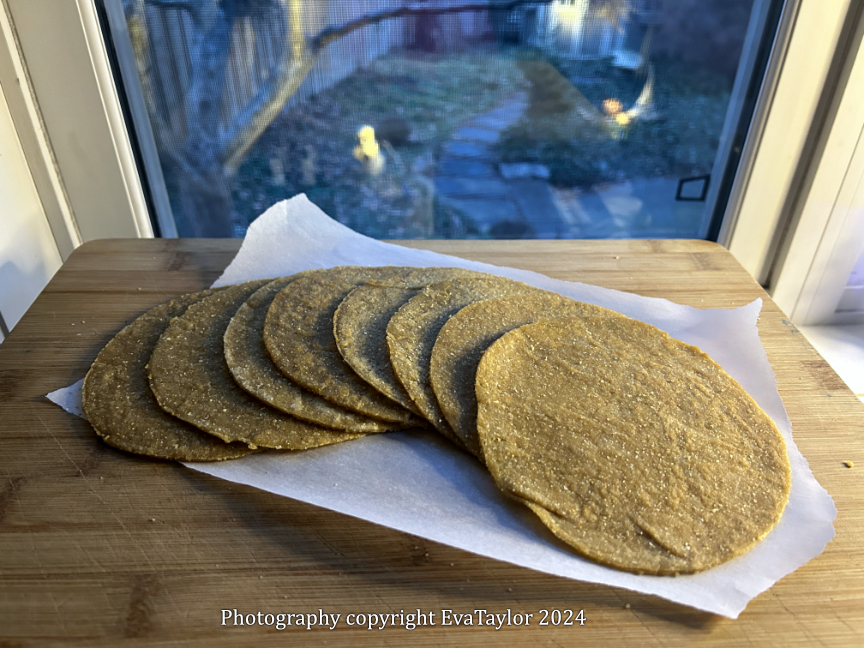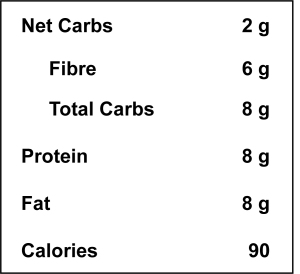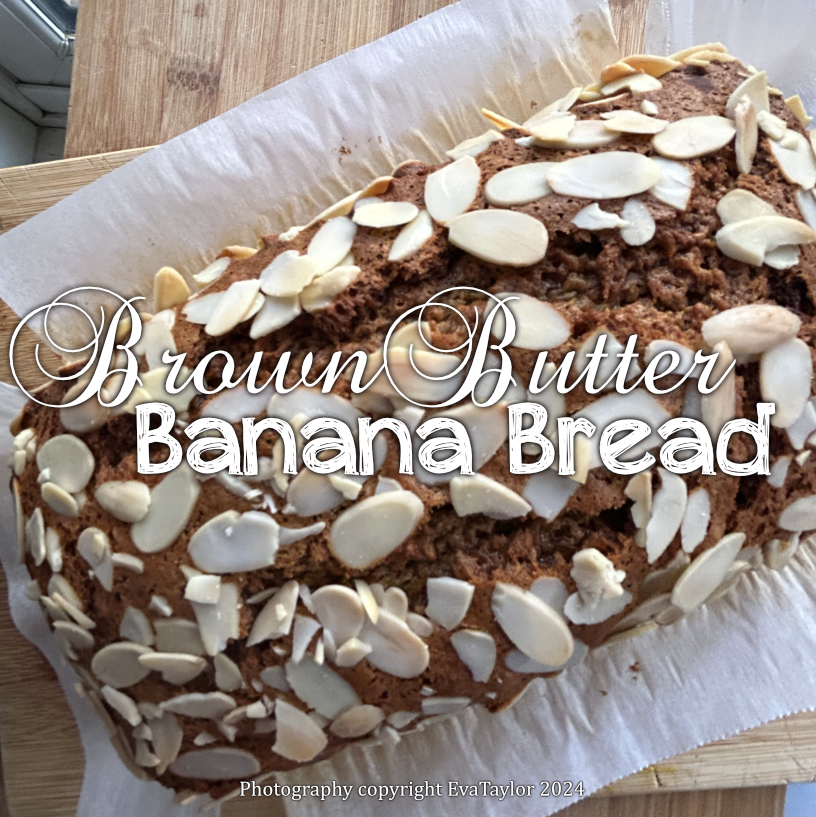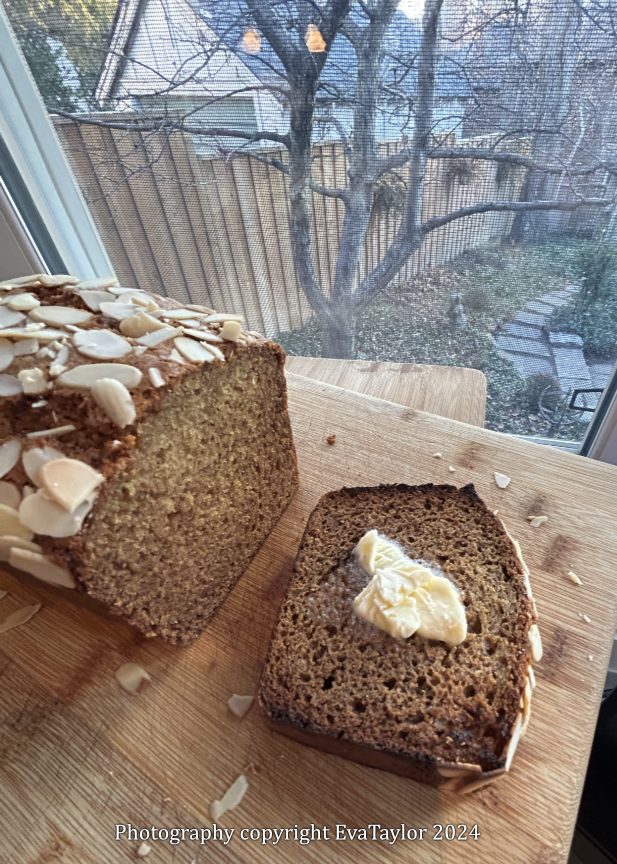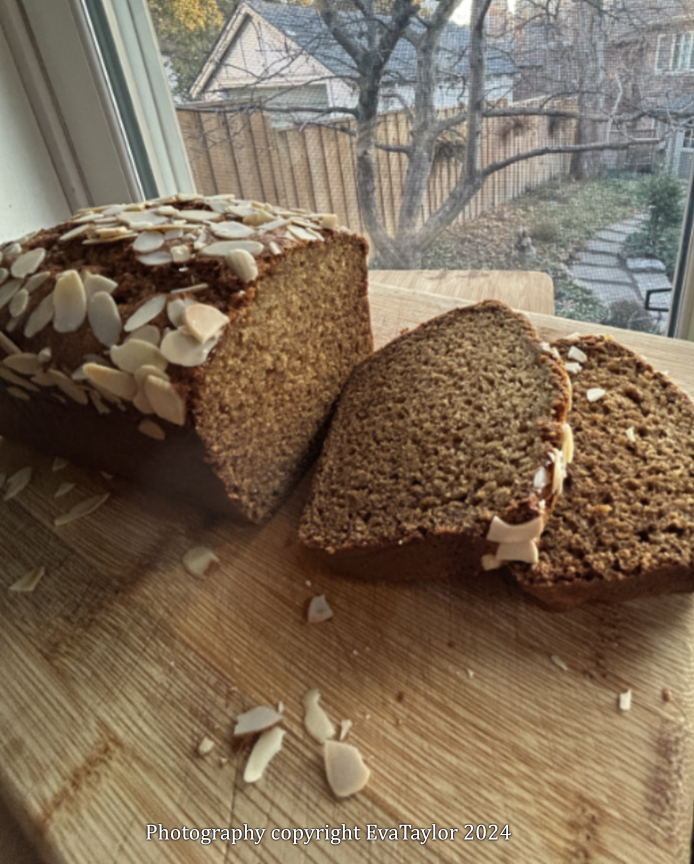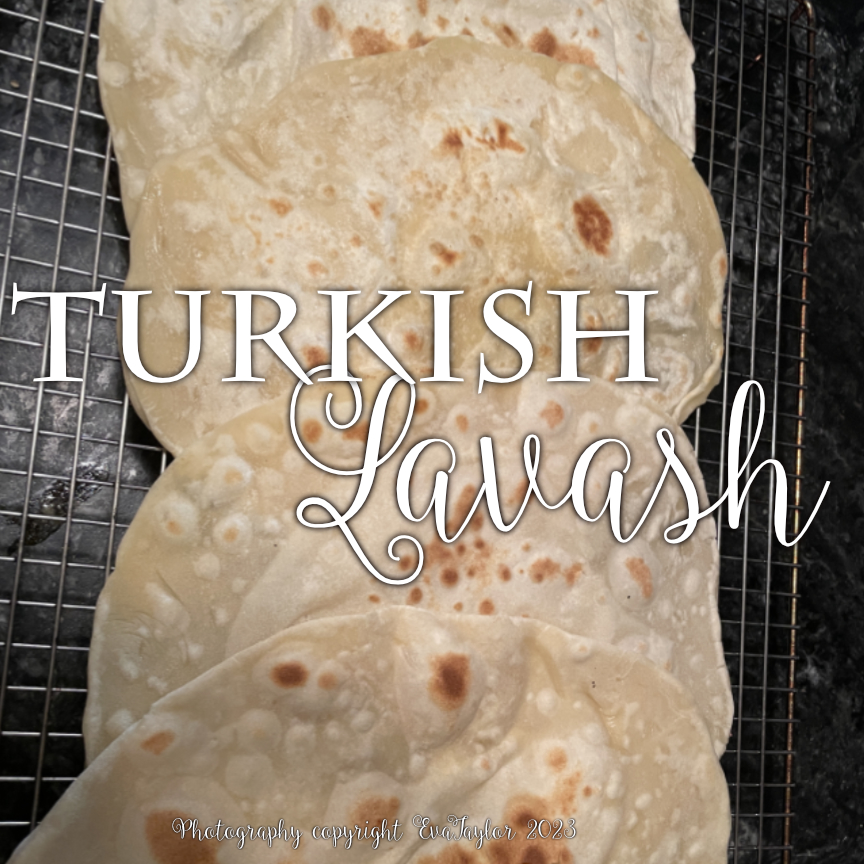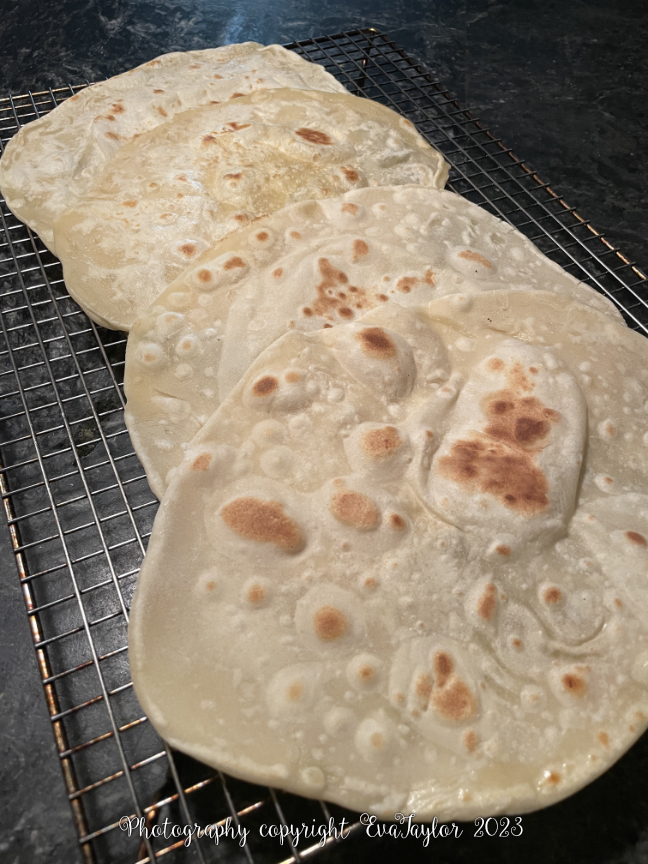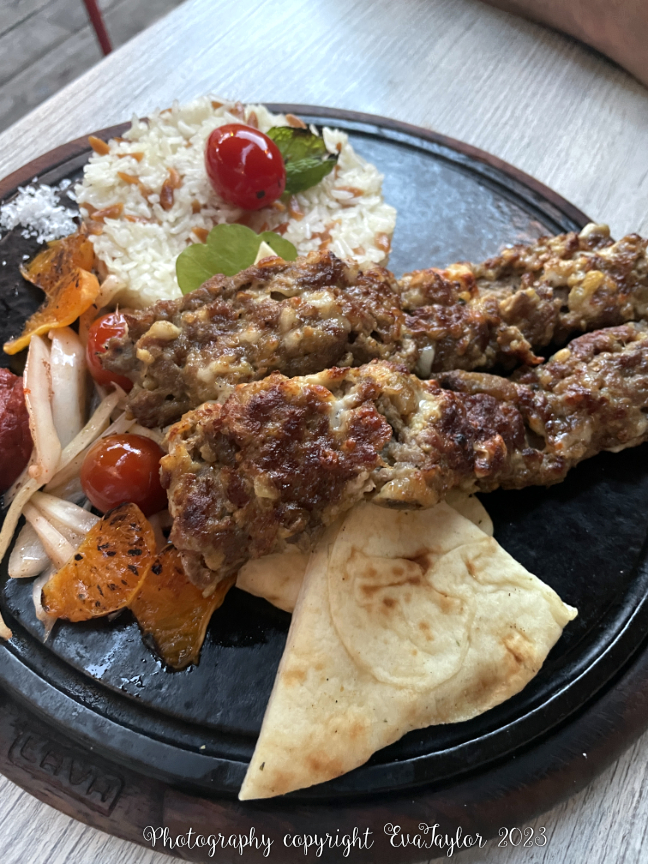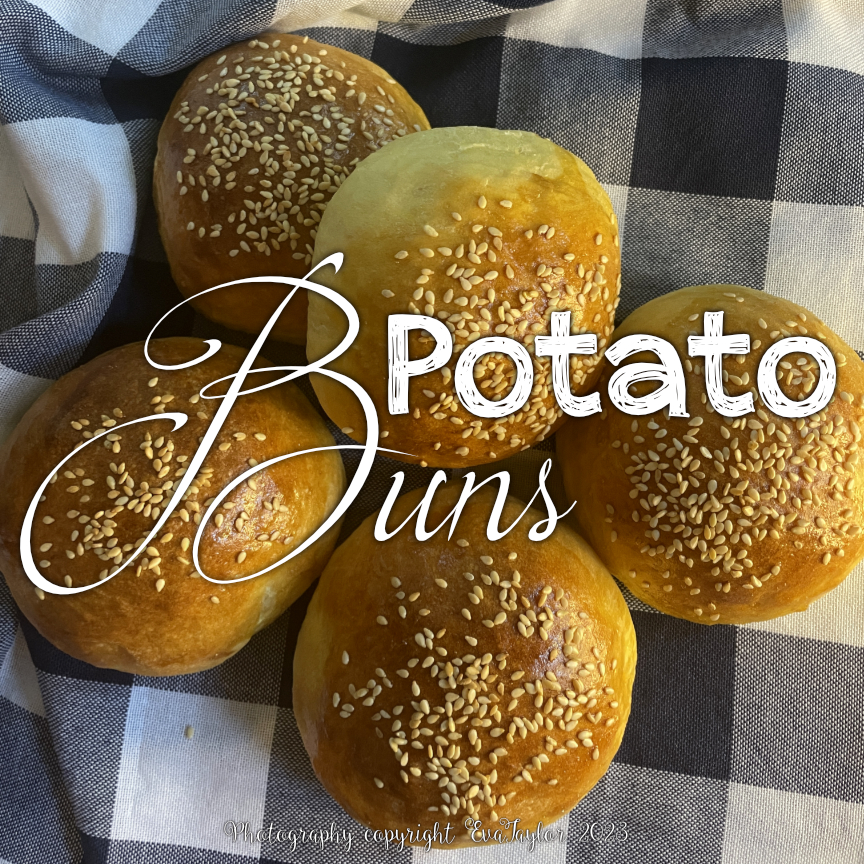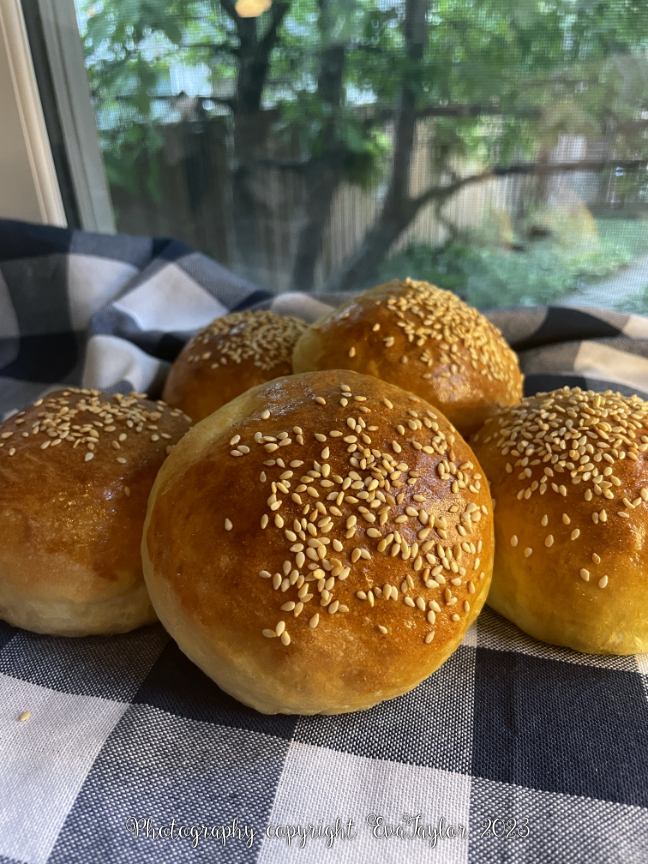
From La Carihuela we rented a car and drove to my dear cousin Lucy and Larry’s place in San José, about 3.5 hours from La Carihuela. We spent the next three weeks in their beautifully renovated flat overlooking the Mediterranean. They were kind enough to create a beautiful kitchen for us, including my favourite, an induction stovetop. Induction is definitely the way to go in Europe, in fact, it outnumbers gas and electric by more than 70% in the stores. It is far more efficient, and apparently not nearly as bad for the environment as gas. Have you ever cooked on Induction?
Here are a few pics of the flat:
We were still trying to maintain a low-carb diet, during our stay in Spain in February-March, but it was a lot more difficult than at home. Ingredients that I have come to rely on like Lupin Flour, vital wheat gluten, and oat fibre were impossible to find so I had to improvise. Flax seeds were readily available so I created a flax seed cracker. It’s similar to the almond flour cracker but not nearly as heavy so you could have a few more without filling up.
Low-Carb Flax Seed Crackers
A Kitcheninspirations original recipe
Makes about 2 x 20 cm x 30 cm sheet (2 x 8 inch x 12 inch sheet)
Ingredients:
- 150 g flax seeds, ground but some left whole
- 1 egg, beaten
- 5 g olive oil
- 30 g hard cheese, grated
- 2 g granulated onion, finely ground
- 2 g ground pepper
Directions:
- Preheat the oven to 350° F.
- Combine all of the ingredients in a food processor and process until thoroughly combined.
- Spill out the mixture onto a parchment-lined baking sheet. Using a second piece of parchment, roll the dough out until it is approximately 20 cm x 30 cm sheet (8 inch x 12 inch sheet). Remove the top parchment and bake until it is lightly golden (the crackers will stiffen up as they cool).
- When cool, break the crackers into bite-sized pieces.

